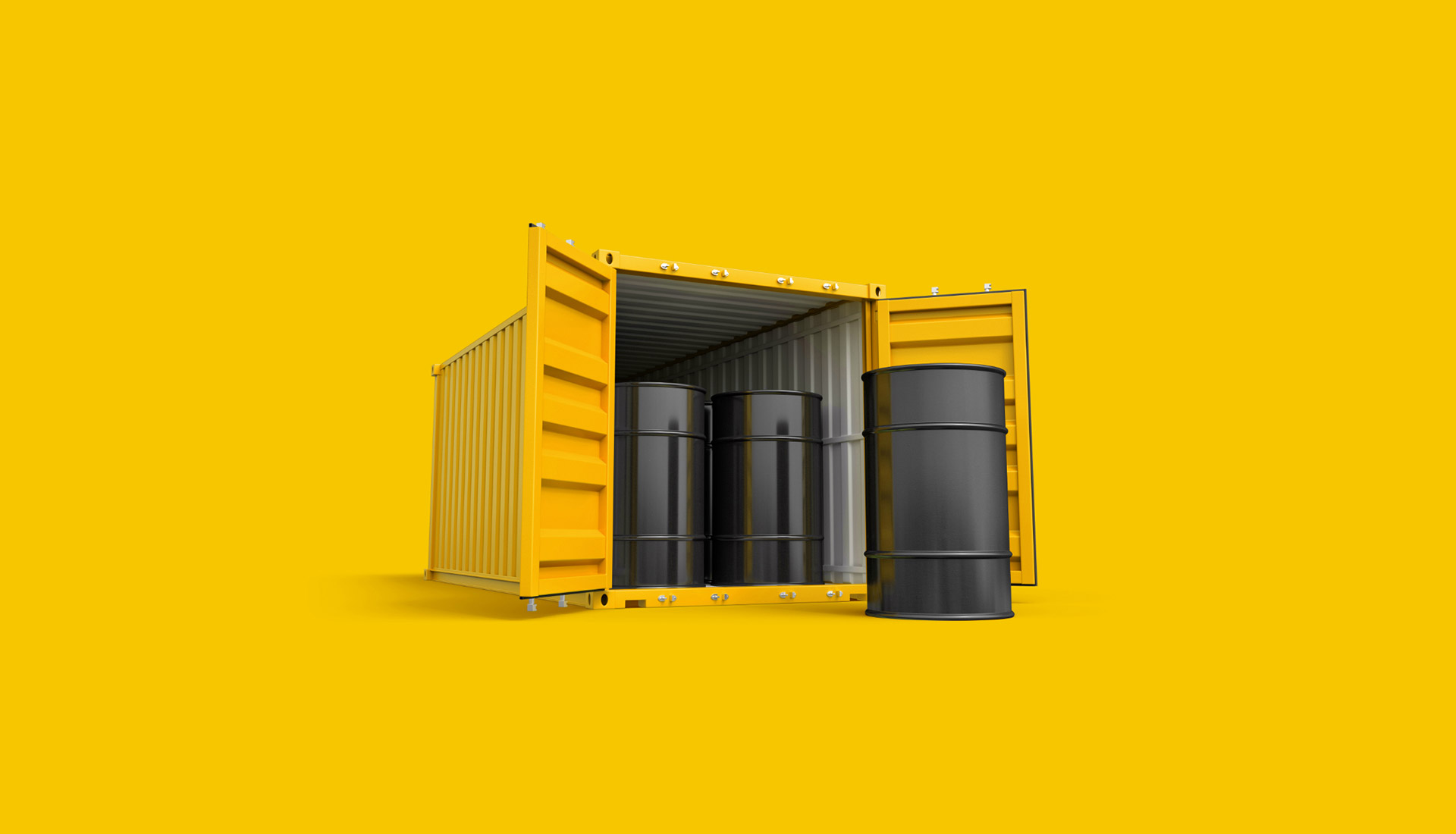
Oil and Gas
Oil and gas products are among the most valuable commodities traded on the global market, with demand spanning various industries, including energy, manufacturing, and transportation. The safe and efficient transportation of these vital resources is essential to ensuring a steady
supply chain and meeting the needs of consumers worldwide
The transportation of oil and gas products is a complex and highly regulated process that requires careful planning and adherence to stringent safety protocols.
Challenges of Oil and Gas Shipping:
Shipping oil and gas products presents numerous challenges, ranging from logistical complexities to environmental concerns. One of the primary challenges is ensuring the safety and integrity of the cargo throughout the transportation process. Oil and gas products are often hazardous materials that require special handling and adherence to strict safety regulations.
The transportation of oil and gas is subject to a myriad of regulations at both the national and international levels. Regulatory bodies such as the International Maritime Organization (IMO) and the U.S. Department of Transportation impose rules governing vessel design, crew training, cargo handling, and spill response protocols. Compliance with these regulations is essential to mitigate the risk of accidents and protect the environment.
Mitigating risks associated with oil and gas shipping requires comprehensive risk management strategies. This includes conducting thorough risk assessments, implementing robust safety protocols, and investing in advanced technologies for leak detection and emergency response. Additionally, insurers play a crucial role in providing coverage for potential liabilities and losses associated with oil and gas transportation.
Environmental Considerations
The environmental impact of oil and gas shipping is a significant concern, particularly in light of spills and accidents that can cause ecological damage and harm marine ecosystems. Efforts to minimize environmental impact include the development of double-hull tankers, the implementation of ballast water management systems, and the use of spill response equipment such as booms and skimmers.
Technological Innovations
Advancements in technology have revolutionized the oil and gas shipping industry, enabling safer and more efficient transportation of these valuable resources. Innovations such as dynamic positioning systems, satellite tracking, and remote monitoring allow for real-time oversight of vessels and cargo, enhancing safety and security throughout the shipping process.
The shipping of oil and gas products is a complex and challenging endeavor that requires careful planning, adherence to regulations, and a commitment to safety and environmental stewardship. By leveraging technological innovations and adopting best practices in risk management and regulatory compliance, the industry can ensure the safe and efficient transportation of these vital resources to markets around the world.



Leave a Reply